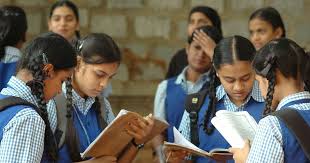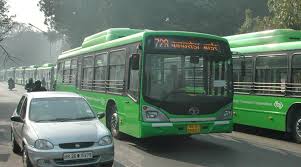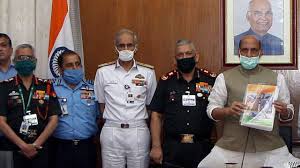
Amid a raging debate over “imposition of languages”, official data point to over 50% of students completing their secondary level of education with one of 12 Indian languages and senior secondary level with one of eight home languages, other than English, as the medium of instruction.
Daily Current Affairs Quiz 2020
Key-Points
According to the National Statistical Organisation’s (NSO) latest report on education, 70% or more students whose home language is Assamese, Bengali and Gujarati completed their school education in these vernacular languages.
However, more students whose mother tongue is Malayalam, Telugu, Manipuri, Punjabi, Urdu, Sindhi, Konkani or Nepali opted for English as the medium of instruction at least till Class X.
In general, a significant shift towards English as medium of instruction is seen at senior secondary level- Classes XI and XII.
The NSO survey reveals that 91.1% of students whose mother tongue is Assamese are learning in their home language at the primary level, the highest for any mother tongue at this level, followed by Odiya at 90.5%.
At upper-primary or middle school level, 93.7% of the students whose mother tongue is Odiya are learning in their home language, followed by Assamese (89.8%), Bengali (86.5%) and Hindi (81.5%).
The report on “Household Social Consumption: Education”, released in July, surveyed 1.13 lakh households spread across over 8,000 villages and 6,000 urban blocks between July, 2017 and June 2018.





